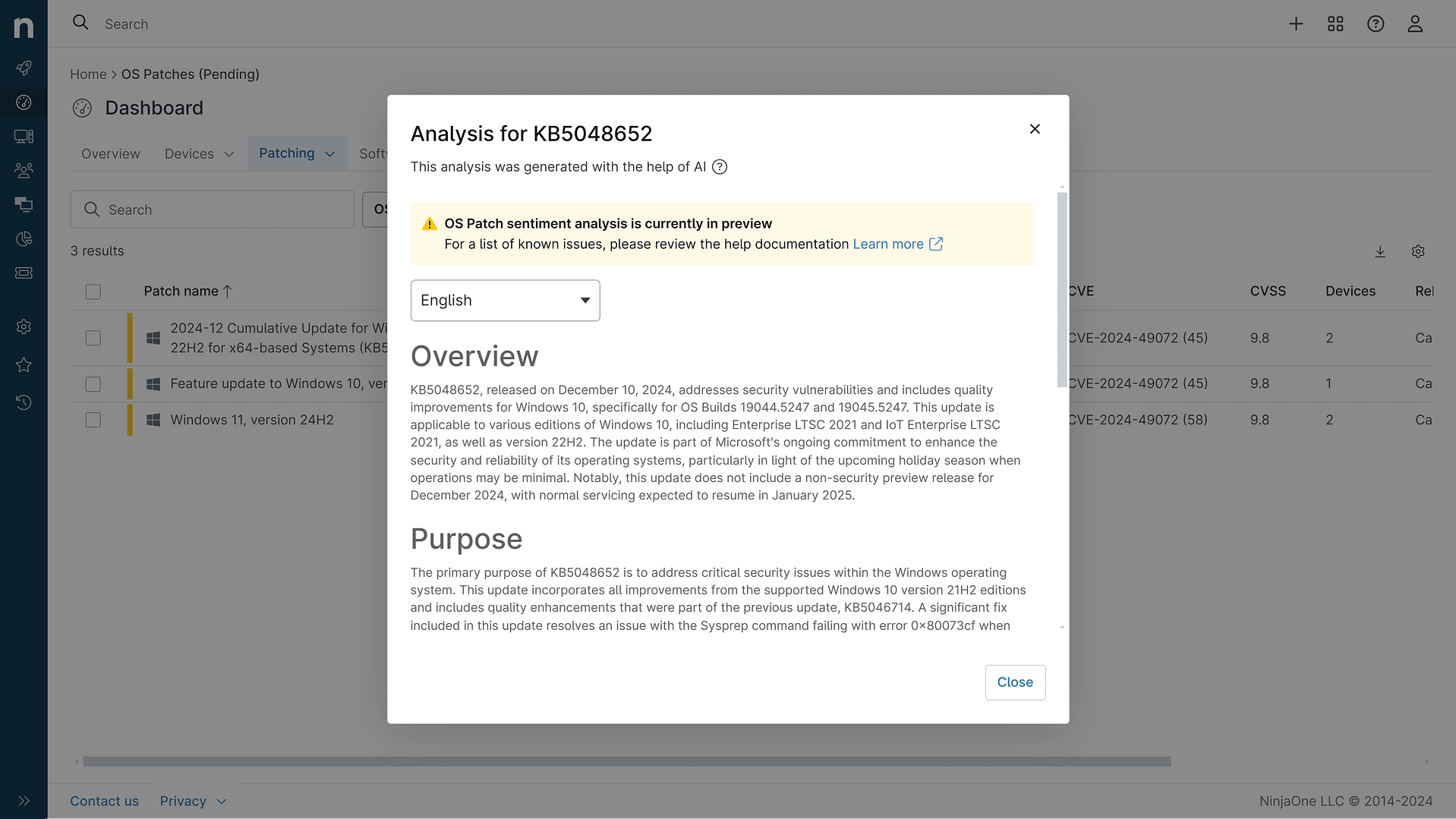KB5063159: Overview with user sentiment and feedback
Last Updated July 31, 2025
Probability of successful installation and continued operation of the machine
Overview
KB5063159 Overview
KB5063159 is an out-of-band update released by Microsoft on June 16, 2025, for Windows 10 version 22H2. This update was specifically released to address a critical issue affecting Surface Hub v1 devices that had installed the previous update (KB5060533) from June 10, 2025's Patch Tuesday. The earlier update caused Surface Hub v1 devices to fail to start with a "Secure Boot Violation" error, prompting Microsoft to pause the rollout of KB5060533 for these devices on June 11, 2025.
This emergency patch includes all the fixes and quality improvements that were part of the original KB5060533 update but removes the problematic code that was causing the boot failure on Surface Hub v1 devices. Microsoft has confirmed that other Surface devices, including Surface Hub 2S and Surface Hub 3, were not affected by the original issue and do not require this specific update.
As Windows 10 approaches its end of support date in October 2025, this update represents one of the final patches in the operating system's lifecycle. Microsoft is actively encouraging users to transition to Windows 11 as the end of support deadline approaches.
General Purpose
KB5063159 Purpose
The primary purpose of KB5063159 is to resolve a critical boot failure issue that was affecting Surface Hub v1 devices after installing the June 2025 Patch Tuesday update (KB5060533). When affected devices installed the previous update, they would encounter a "Secure Boot Violation: Invalid signature detected" error message, preventing the system from starting properly. This represented a significant operational disruption for organizations using these devices.
This out-of-band update preserves all the security fixes and quality improvements from the original June update while removing the problematic code that triggered the Secure Boot validation errors. Microsoft specifically designed this update as a replacement for KB5060533 on Surface Hub v1 devices, ensuring these systems can continue to function properly while still receiving the necessary security patches.
The update also includes the latest servicing stack update (KB5063158 - OS Build 19045.5967), which improves the reliability of the update process itself. These servicing stack improvements help mitigate potential issues during future update installations by enhancing the component that installs Windows updates.
General Sentiment
KB5063159 General Sentiment
The general sentiment surrounding KB5063159 appears to be cautiously positive, with users appreciating Microsoft's quick response to the critical boot failure issue affecting Surface Hub v1 devices. The company's decision to release an out-of-band update specifically targeting this problem demonstrates their commitment to maintaining system stability, especially for enterprise hardware like the Surface Hub.
However, there is some underlying concern about the quality control of recent Windows updates. This emergency patch was necessary because the regular June Patch Tuesday update (KB5060533) caused significant problems for Surface Hub v1 devices. As reported by Windows Latest, this isn't an isolated incident, as the June 2025 patch cycle has been problematic for both Windows 10 and Windows 11 users, with multiple issues requiring fixes and replacements.
For IT administrators managing Surface Hub devices, there's relief that a solution is available, but also frustration that the original update caused such a disruptive problem in the first place. The timing is particularly sensitive as Windows 10 approaches its end of support in October 2025, creating additional pressure for organizations to either apply these final updates correctly or accelerate their migration plans to Windows 11.
Known Issues
KB5063159 Known Issues
- There are reports of blurry or unclear CJK (Chinese, Japanese, Korean) text when displayed at 96 DPI (100% scaling) in Chromium-based browsers such as Microsoft Edge and Google Chrome.
- The issue affects Noto fonts that were introduced in the March 2025 Preview Update as fallbacks for CJK languages to improve text rendering.
- The problem is caused by limited pixel density at 96 DPI, which reduces the clarity and alignment of CJK characters.
- Increasing display scaling can improve clarity by enhancing text rendering.
- Microsoft is working with Google to address this issue and has shared findings for further discussion.
Disclaimer: We take measures to ensure that AI-generated content is of the highest possible quality, but we cannot guarantee its accuracy and recommend that users do their own independent research. Generated on 2025-07-31 08:28 PM
